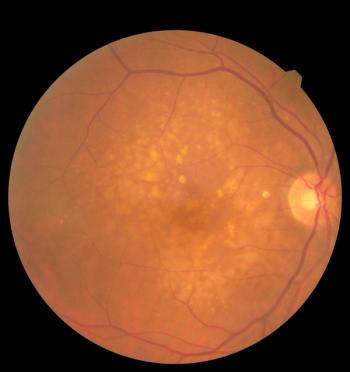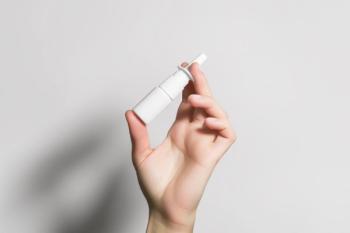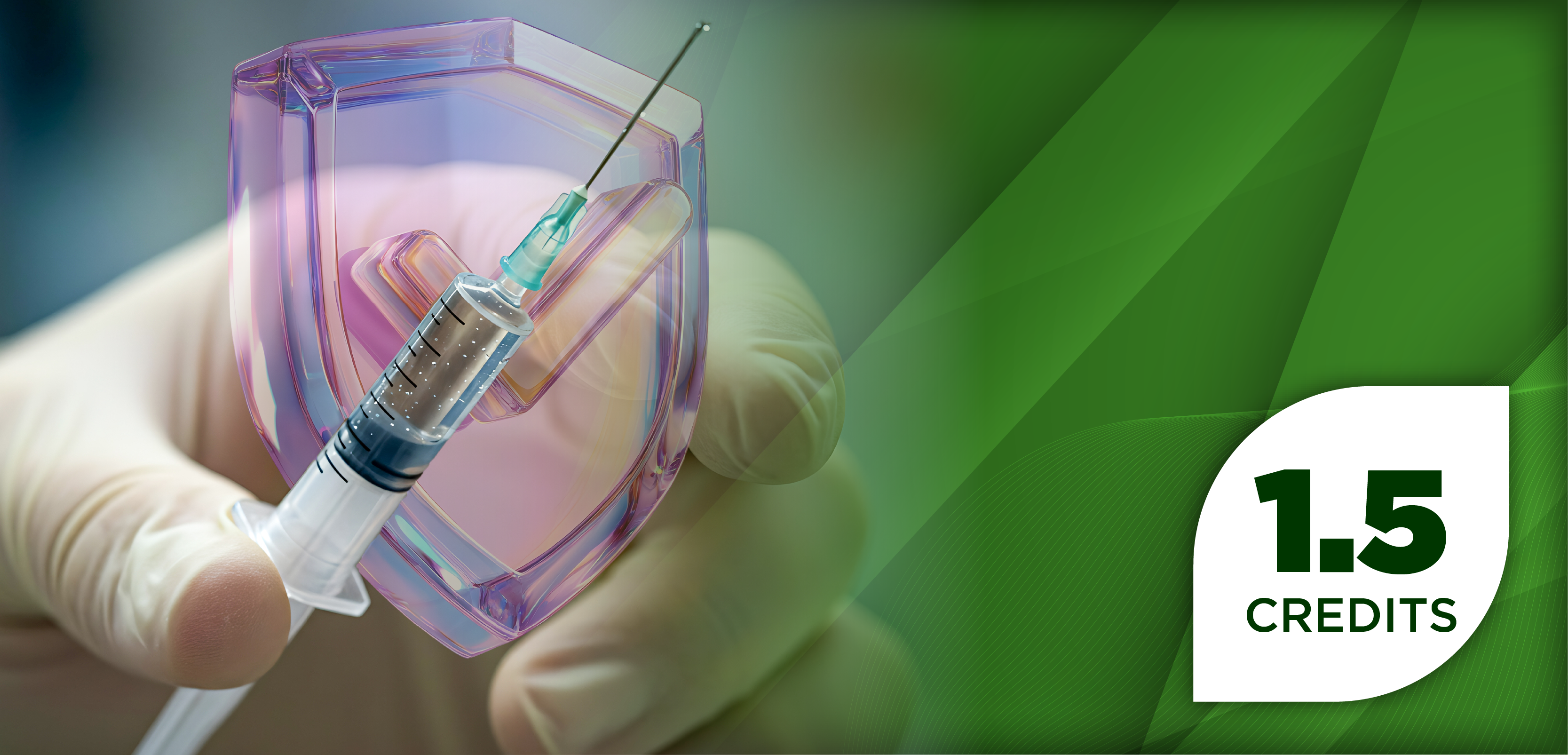
Noninvasive Saliva Tests Could Offer Early Clues for Diabetes and Obesity Risk
Key Takeaways
- Saliva insulin measurement offers a noninvasive method to predict metabolic health issues, including type 2 diabetes, by detecting hyperinsulinemia early.
- Study results showed higher saliva insulin levels in obese individuals compared with those with normal or overweight status, despite similar blood glucose levels.
Researchers reveal that saliva tests for insulin levels offer a noninvasive method to predict type 2 diabetes and obesity risks effectively.
Using needles or lab-based blood work to measure insulin levels and metabolic health has been known to show the risk of developing type 2 diabetes (T2D), obesity, and heart disease. However, new study findings from researchers at the University of British Columbia (UBC) Okanagan in Canada report that measuring insulin levels in saliva offers a noninvasive way of doing the same test. The study authors, who published their findings in Applied Physiology, Nutrition, and Metabolism, noted that a saliva test could help predict future metabolic health concerns, including diabetes.1,2
“If hyperinsulinemia can be detected before blood glucose levels start to rise, people at risk for [T2D] could be identified early, allowing for lifestyle changes and other treatments to be introduced long before glucose levels rise,” Jonathan Little, PhD, a professor with UBC Okanagan’s School of Health and Exercise Sciences, said in a news release.2
Diagnosing Type 2 Diabetes
T2D impacts nearly 400 million individuals globally and is mainly caused by cells in muscle, fat, and the liver that do not respond to insulin as they should, or the pancreas cannot make enough to keep blood glucose levels within a healthy range. T2D is often diagnosed using the glycated hemoglobin test, also known as the A1c test, which reflects the average blood glucose level for the previous 2 to 3 months. If an individual is below 5.7%, they are healthy, whereas 5.7% to 6.4% indicates prediabetes, and 6.5% or higher on 2 separate tests indicates diabetes.3
The American Diabetes Association recommends that all adults 35 years or older have routine tests for T2D, in addition to individuals younger than 35 who are overweight or obese and have 1 or more risk factors linked to diabetes, women who had gestational diabetes, individuals with prediabetes, and children who are overweight or obese with a family history of T2D or other risk factors. Little emphasizes the importance of routine testing, as prediabetes conditions like insulin resistance and hyperinsulinemia could develop 10 to 20 years before an individual is diagnosed. Additionally, hyperinsulinemia is a known predictor of several chronic conditions, such as T2D, hypertension, cardiovascular disease, stroke, and cancer, also highlighting the need for early prevention.2,3
Saliva Test for Early Metabolic Changes
A total of 94 individuals aged 18 to 69 years who ranged in body size with a fasting blood glucose of 5.2 ± 0.5 mmol/L were included in the study. The participants were categorized into 3 groups—normal weight (41), overweight (23), and obese (30). All individuals were required to fast for 4 hours before consuming a standardized meal-replacement shake that included 350 kcal, 45 g carbohydrate, 20 g protein, and 11 g fat. A saliva sample and a finger-prick blood glucose test were collected from individuals at fasting, 60 minutes, and 90 minutes post meal.1,2
The results demonstrated that saliva insulin levels at all time points were higher in the obesity group compared with the overweight and normal weight groups. Additionally, no significant differences in fasting and postmeal glucose levels were identified among all groups.1,2
“People living with obesity had much higher insulin levels in their saliva than those who were slightly overweight or had lower body weight—even though their blood [glucose] levels were the same,” Little said in the news release. “This suggests that saliva testing could be a simple, noninvasive way to identify people at risk of [T2D] before symptoms appear.”2
Further results indicated a strong link between obesity markers, such as waist circumference and body mass index (BMI), and higher levels of insulin in saliva. Initial findings suggest specific saliva insulin cut-off values—approximately 16 pmol/L for fasting, 97 pmol/L at 60 minutes, and 115 pmol/L at 90 minutes—could help identify individuals with hyperinsulinemia.1,2
“These findings suggest that waist circumference could be a more reliable indicator of hyperinsulinemia than age or overall body weight when using saliva insulin,” Hossein Rafiei, coauthor, said in the news release. “Our results also suggest that saliva insulin may be better than blood glucose at distinguishing between those who are more metabolically healthy and those who are more likely to live with hyperinsulinemia.”2
REFERENCES
1. Rafiei H, Little J. Saliva insulin concentration following ingestion of a standardized mixed meal tolerance test: influence of obesity status. Canadian Science Publishing. May 16, 2025. doi: 10.1139/apnm-2024-0532
2. Saliva testing may reveal early signs of diabetes and obesity. EurekAlert! News release. July 31, 2025. Accessed August 4, 2025. https://www.eurekalert.org/news-releases/1093255
3. Type 2 Diabetes. Mayo Clinic. News release. February 27, 2025. Accessed August 4, 2025. https://www.mayoclinic.org/diseases-conditions/type-2-diabetes/symptoms-causes/syc-20351193
Newsletter
Stay informed on drug updates, treatment guidelines, and pharmacy practice trends—subscribe to Pharmacy Times for weekly clinical insights.










































































































































































































